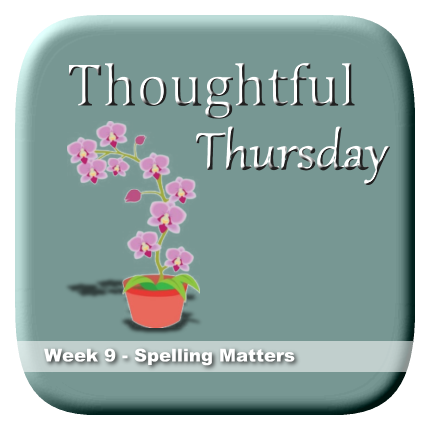We finished our spelling curriculum for the year and I am pretty sure we will start on the next level, even though it is marketed to second graders. (My son is still in first grade.) It’s not that I want to rush him through knowledge. It’s just that this curriculum is rather basic and several experienced homeschoolers consider that the next levels can be easily done in earlier grades.
For spelling, we decided to go with Spelling Workout, one of the recommendations from The Well-Trained Mind. At first, I thought this curriculum had three strikes against itself:
1. It is secular. Of course, spelling cannot be Christian or secular. I am referring to the texts used to teach spelling – very neutral and politically correct. Sometimes it is nice to have passages from the Bible or Christian authors or, at the very least, character-based stories to put in front of your children as you deal with grammar, punctuation and spelling, don’t you think?
2. It is for classroom use. As such, it makes frequent references to school bus rides, lunches in the cafeteria, and other public school concepts my homeschooled children have no reference to.
3. It encourages letter formation in manuscript, not cursive, and we do cursive only.
But I looked around and did not find any good alternatives. I fell completely out of love with Spell to Write and Read. The Teacher’s Manual is completely chaotic. I was going in circles trying to see how to go past the first 12 steps (which we used successfully). All About Spelling seems overpriced, over-hyped, and similar to Spell to Write and Read (minus the mystifying hand signals). Spelling Power starts at age eight and my son is still seven. What’s a girl to do?
I tried Spelling Workout. After all, Susan Wise Bauer is always right, right? Right. I know, I know, nobody is always right, but I am a big fan and the lady has not done anything wrong so far in my book. Continue reading
